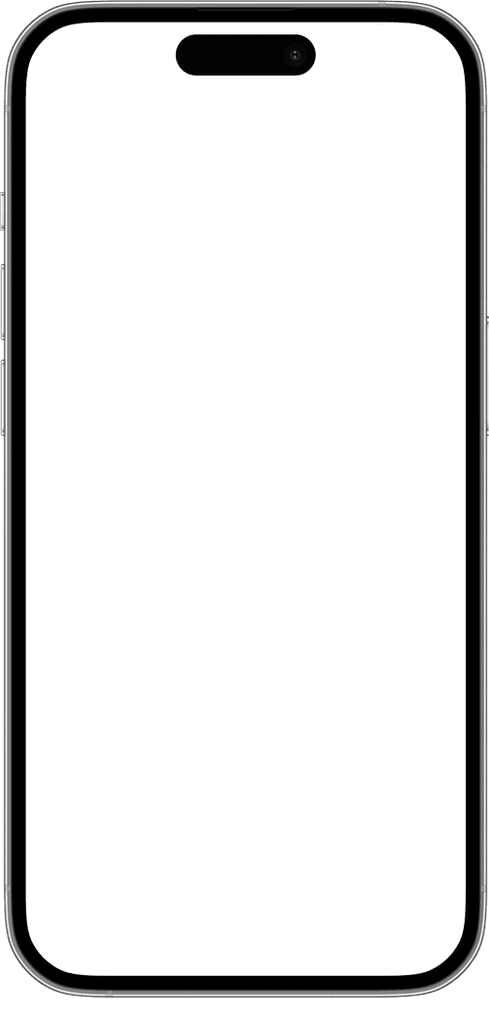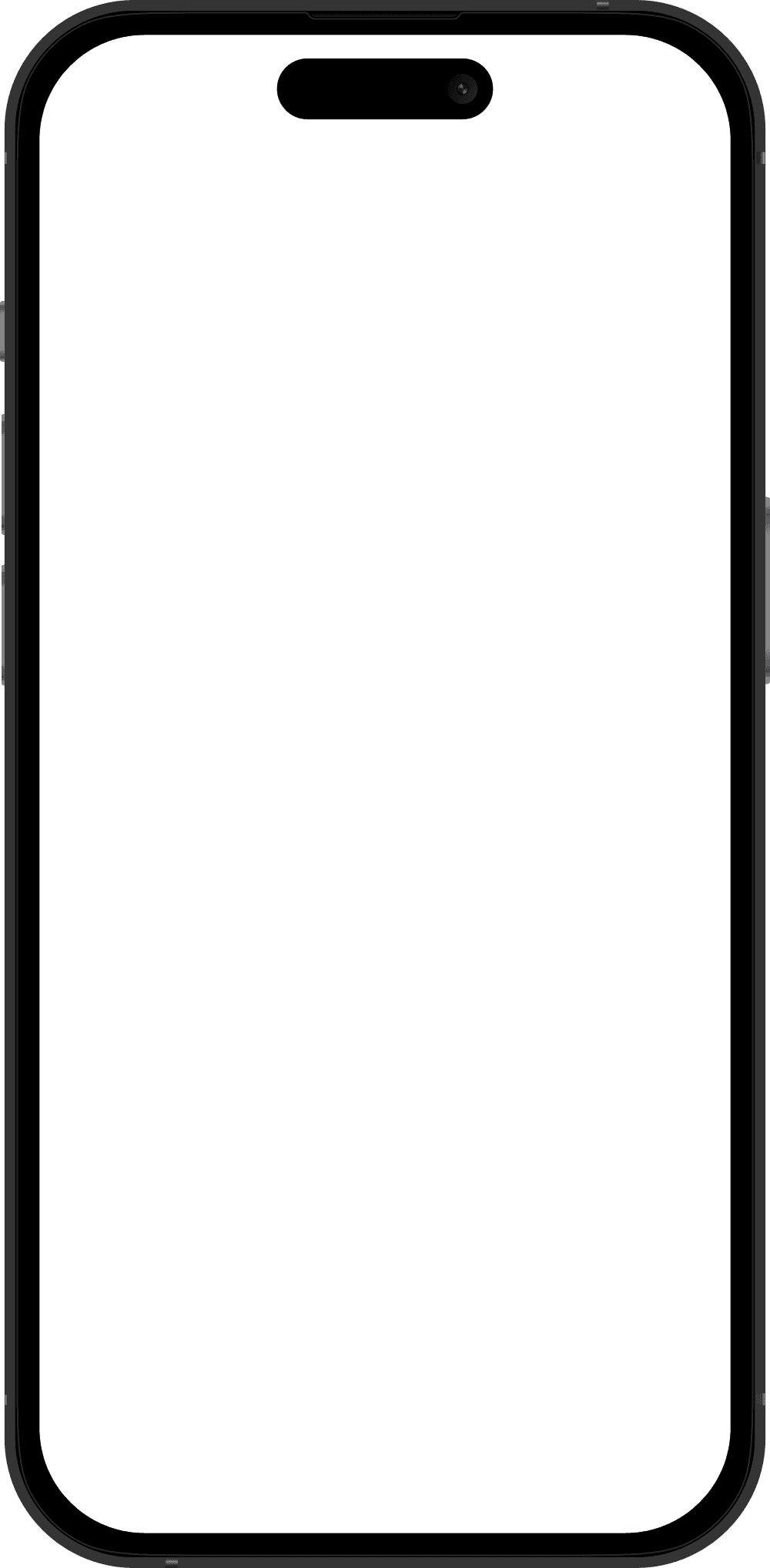Cleo
2024
Role
Lead Product Designer
Industry
Healthcare
Team
1 Full time Product Designer
1 User Researcher
2 products Owner/Manager
6 Engineers
App
For nearly three years at Biogen, I contributed to the evolution of Cleo, a mobile application supporting patients living with Multiple Sclerosis. Our mission was twofold: provide a truly useful daily tool while adhering to strict medical frameworks.
The application needed to serve patients across 16+ countries, each with unique cultural and regulatory requirements. Our compact team—a product manager, product owner, UX researcher, motion designer, and six developers—had to transform a basic information source into a genuine health companion.
Some of the tools we used
Personas
Our MS patient personas captured the diverse challenges, abilities, and emotional states people experience throughout their disease journey. These archetypes guided our decision-making process, ensuring features accounted for varying cognitive abilities, energy levels, and healthcare needs specific to different MS stages.
Surveys
Quantitative research across multiple regions validated our design hypotheses and revealed unexpected usage patterns. These surveys provided statistical backing for key decisions about feature prioritization, content preferences, and regional adaptations that our qualitative methods alone couldn't confirm.
User interviews
Direct conversations with MS patients revealed the emotional reality behind the data—frustrations with symptom communication, strategies for managing unpredictable days, and moments where digital tools truly made a difference. These insights shaped our approach to creating intuitive connections between information and action.
Shout out to Wedo studio for their great work!
From sign-up to personnalization
Our data revealed almost half of users abandoned the app during initial setup. MS patients, who often experience cognitive fatigue, were encountering an onboarding process that demanded too much attention without clearly communicating its purpose. Worse, many of the users that finalized the sign-up flow were unqualified, leading to a first inapp experience that did not reflect their needs.
I reimagined this critical first impression by designing a gentler path into the app. My approach focused on progressive disclosure with just one question per screen, reducing mental effort for users. Working with our motion designer, we incorporated subtle visual guides that directed attention naturally through the flow.
We also crafted clearer value statements showing how each piece of information would create a more personalized experience. These thoughtful adjustments reduced abandonment by more than 15 points while significantly enhancing the quality of user data for personalization.
Breaking down silos
At the time I joined Biogen, Cleo's core features (Journal, Content, Activities) functioned in isolation, limiting user discovery and engagement.
I created "bridges components" between these sections, allowing patients to naturally move from reading an article about a symptom to recording it in their journal. I also added contextual reminders and nudges to push users to explore the app and its functionalities. These changes significantly increased journal usage and overall application engagement.
Unifying Visual Language
The transition from Sketch to Figma presented the perfect opportunity to address accumulated visual inconsistencies. I rebuilt the design system with consistent naming conventions, an atomic approach supporting our multi-country deployment, and clear specifications for developers.
This new design system accelerated implementation, reduced design debt, and created a unified visual language that improved both our team workflow and user experience.
Balancing Innovation and Compliance
Designing for healthcare requires a delicate balance between innovation and regulatory compliance. Our process began by generating concepts based on user needs, then consulting internal health experts before I created prototypes within these preliminary boundaries. Only ideas validated by regulation experts moved into development.
This constraint taught me a valuable lesson: sometimes the most creative ideas must be abandoned when they cannot navigate regulatory requirements while delivering real user value.
The Impact
Our work extended Cleo to over 16 countries with localized experiences, achieved high user satisfaction reflected in app store ratings, and created a solid foundation for future development.
This experience taught me that product design isn't limited to solving visible problems—it's about uncovering deeper needs that users don't always articulate. I learned the crucial importance of cross-disciplinary collaboration, empathy in healthcare design, and the value of design systems in enabling global scale.
But the most important lesson remains that thoughtfully crafted digital experiences can truly improve the lives of people facing major health challenges.































